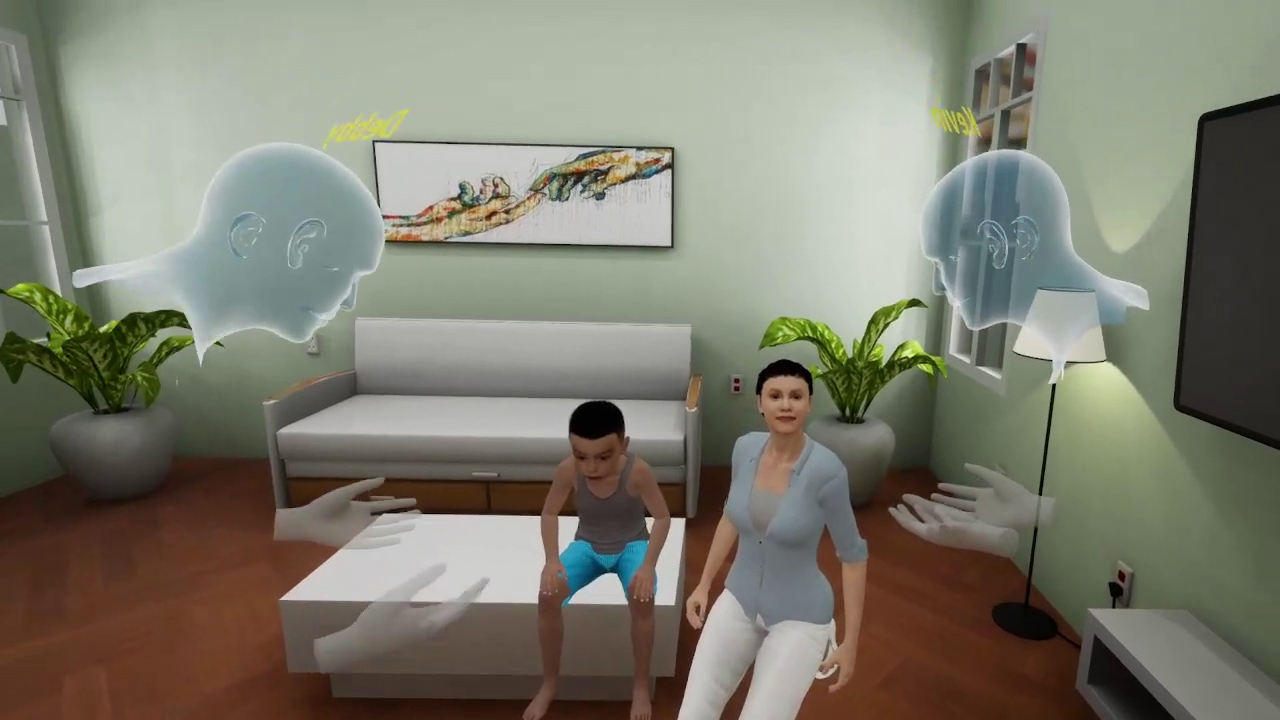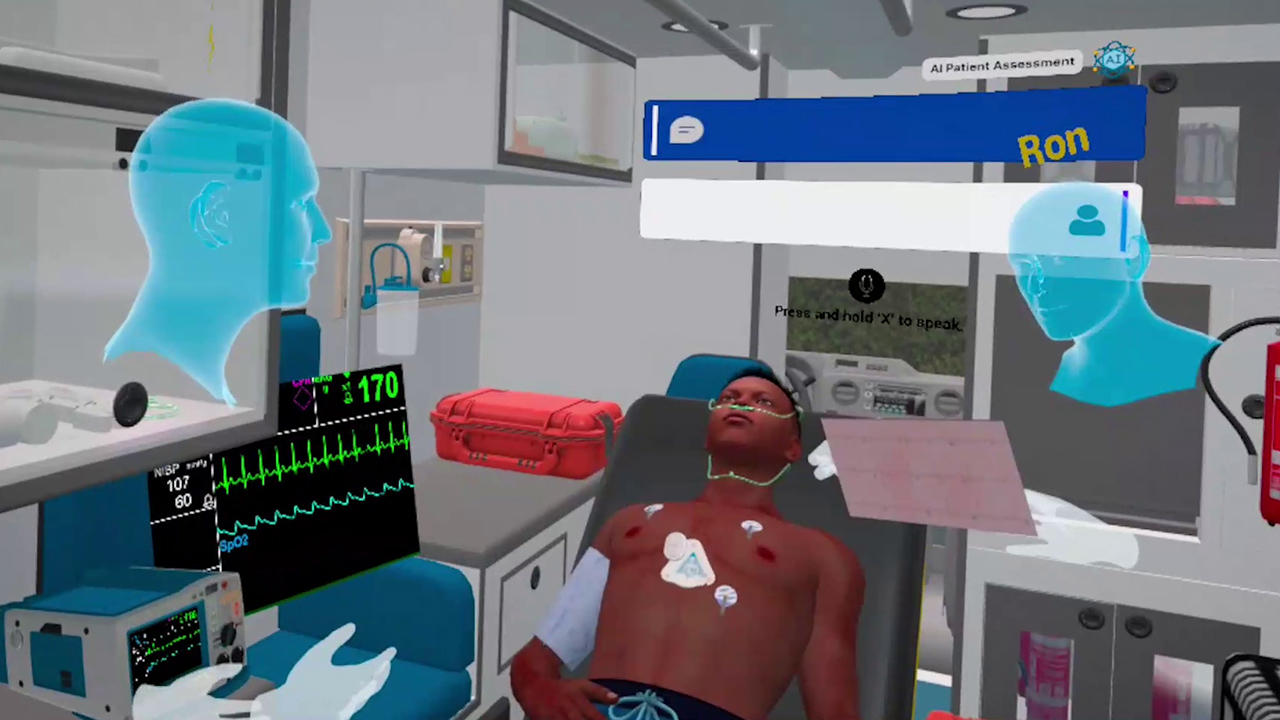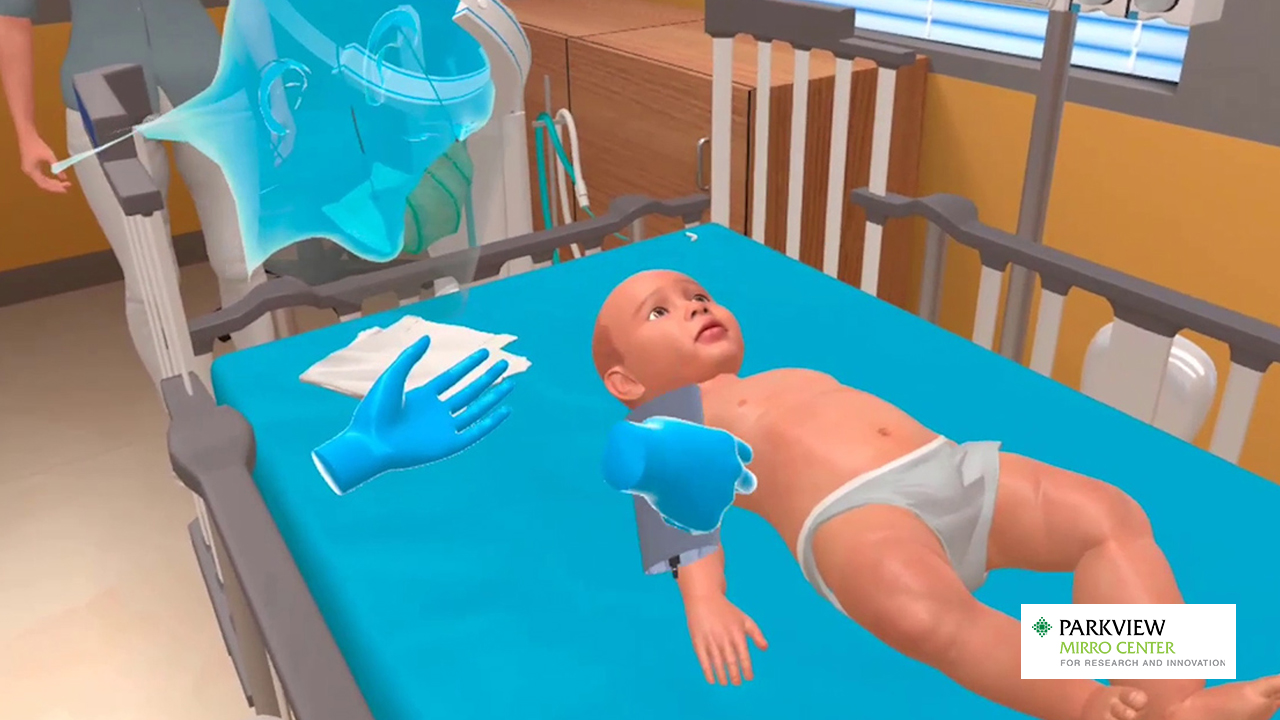
VR simulations have now been widely accepted as an effective means of learning and skill development. Organizations and universities across industries and disciplines are adopting this immersive and engaging method to provide their learners with an efficient means of learning. One such industry is healthcare. The healthcare profession is as much about theoretical knowledge as it is about practical experience, and not to forget confidence. While new entrants in the field need to practice to gain experience and confidence, older professionals need to keep themselves updated with the latest innovations in the field. Scientific development is constantly taking place. New remedies and procedures can be developed for old illnesses. New diseases, like the recent COVID 19, require professionals to learn and adopt new treatment methods. Training in VR scenarios provide experiential learning opportunities to come abreast with the need of the hour.
Emerging trends in VR simulations
It has been some time since VR training was accepted as a means of training for healthcare professionals. It is gradually making inroads and universities, hospitals, and healthcare organizations are integrating it with their current modes of training. Since the time virtual reality training first hit the scene to the present day, several changes have come about. The past couple of years has seen a surge in these developments and experiences are getting increasingly realistic.
– Multiplayer – Some healthcare procedures the performed by single professionals while many require a team of professionals. When it comes to training for these skills, it makes sense to practice them as a team. This is where multiplayer VR simulations gain their significance. Procedures like neonatal resuscitation or PICC insertion call for a team of healthcare professionals working and collaborating smoothly to achieve the desired results. For realistic experiences, it is ideal to practice with fellow trainees to learn to work as a team.

– Artificial Intelligence – It would not be wrong to say that artificial intelligence was relaunched with ChatGPT. This diversely and extensively trained piece of technology gave a new meaning to AI. Virtual humans integrated with AI became even more realistic than ever before. Virtual patients in healthcare simulations can now interact and communicate like real humans, responding and reacting to questions from a varied stream of subjects. Patient assessment practice with these AI-enabled virtual humans can be closer to reality. Learners can get more seasoned in their communication skills – what to ask, how to frame questions, how to revisit questions, how to interpret answers, and what answers to expect in response to certain questions.
– Haptics – How do you count the pulse of a virtual patient if you cannot feel it? How do you know how much pressure to apply when performing a sensory test as part of head-to-toe assessment? Until the emergence of the haptic gloves these tasks in VR environments would have been near to impossible. While we could see and move in the virtual world we could not feel objects or receive sensory feedback to our actions. To be more precise, there was no haptic feedback until very recently.
– Metaverse – It is still in its very nascent stages but the Metaverse is expected to redefine the internet. Virtual environments are being created to serve as meeting places for a number of purposes from gaming to corporate meeting. Training too is slated to be a part of it, including healthcare training. These could be new learners training to enter the field of healthcare or professionals looking at revisiting and upgrading their skills. Experts can also come together from different parts of the world to discuss cases, share their knowledge and experiences, and conduct classes in skills and procedures. Virtual campuses are being set up in the Metaverse to make learning accessible to learners; geographical boundaries are disappearing as virtual spaces are bringing learners and trainers closer.
– Customization – Select your avatar; select your accessories; select your difficulty level. Gaming apps offer quite a few customization options to derive the most out of every gaming experience. Similar customization options are now possible in VR simulations. Training solutions produced by MedVR Education will soon be offering learners in-VR customization. Learners will able to customize their solutions based on features like choice of patients, environments, patient vitals, training duration etc. Learners will be in the driving seat taking charge of their learning journey.
Technological developments will continue and VR experiences will get richer. What was once considered fiction is now reality. The adoption of VR simulations for training and development purposes is providing learners with practical, hands-on experiences. Learners can train and practice in safe and realistic environments. These sessions are cost effective and time saving as well. Elaborate facilities are replaced with an app and a VR headset. There is no time lag between sessions and users can participate from any location. VR, undoubtedly, is going to be a key training method in times to come.
Contact us to know more about VR in healthcare training, or visit MedVR Education to explore the various programs we offer.


